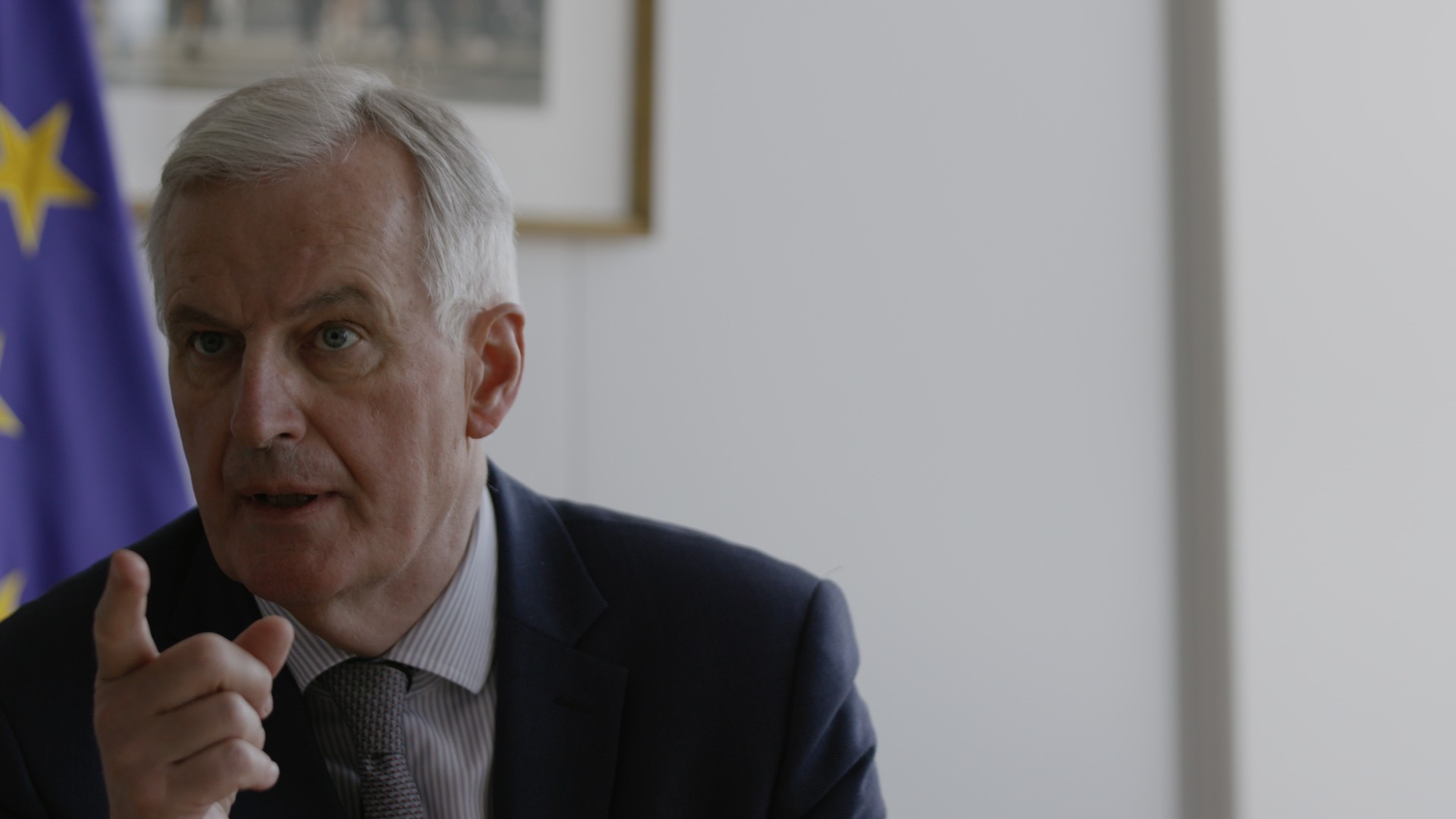Getty Images
British prime minister Theresa May could face a ministerial revolt Friday when her deeply divided Cabinet meets for crunch talks to finally hammer out what the U.K.’s relationship with Europe looks like after Brexit.Such is the rancor within the ruling Conservative Party over the European Union that ministers have been told that any resignation will immediately see them stripped of their official car privileges, forcing senior members of the government to walk the mile-long driveway of May’s Chequers retreat where they can hail a local taxi.During the marathon 12-hour talks, May will seek Cabinet approval for her controversial plan for the U.K.’s exit, which is scheduled for March next year.The parts of May’s plan that have already leaked reveal the PM wants to keep the U.K. closely aligned to the EU after Brexit, potentially jeopardizing the country’s ability to strike trade deals with the rest of the world. In response, hardline, anti-European Tories met Thursday night to hammer out a tactical response to what some perceive as a Brexit betrayal.Downing Street denied the leaks, saying the details of her plan were taken out of context and put out a statement saying the meeting was “to agree the shape of our future relationship with the European Union.It continued: “We want a deal that allows us to deliver the benefits of Brexit — taking control of our borders, laws and money and by signing ambitious new trade deals with countries like the U.S., Australia and New Zealand.”The so-called “third way” Brexit plan comes after two previous exit strategies were shot down.The new solution combines parts of the two previous proposals.The new plan will do away with the blanket tariffs imposed by the EU on goods entering the U.K., allowing it set its own import duties.In order to keep the free flow of goods through the U.K., the government is proposing to use technology to track the final destination of certain “unfinished goods,” so it will know whether to apply a U.K. or an EU tariff. However, the technology may not be ready when a Brexit transition period ends in 2020.Speaking to BBC Radio 4 Friday, May’s second in command, Cabinet Office Minister David Lidington, said a “common rulebook” would be applied on industrial products, as components have to cross borders repeatedly, and on agricultural goods, which would be held up by veterinary checks.It is unclear how these new proposals will solve one of the biggest sticking points of Brexit negotiations — the Irish border.READ: Everything you need to know about the bombshell report linking Russia to BrexitPeople are worried that Brexit will mean the return of a hard border between British Northern Ireland and the Republic of Ireland, which will remain part of the EU.A hard border stirs memories of the violent protests and army checkpoints during the decades of conflict known as the Troubles.Leading the revolt is Foreign Secretary Boris Johnson, who convened the meeting of pro-Brexit MPs Thursday after the final text of the plan was delivered to ministers.Johnson was joined by, among others, Secretary of State for Environment, Food and Rural Affairs Michael Gove, Brexit Secretary David Davis and Trade Secretary Liam Fox.While the deadline for the U.K. to leave the EU is still nine months away, because of the complex nature of the negotiations, the framework for future relations needs to be agreed by Fall.This is to allow time for the U.K. and EU parliaments to approve the final deal negotiated between Brussels and London.EU leaders last week told May it was time to "lay the cards on the table" if a Brexit deal was to be done on time, adding that the most difficult issues were yet to be resolved.Businesses are also getting antsy. Major manufacturers, including Jaguar Land Rover, Airbus and BMW, have already warned May’s government that leaving the EU without a deal in place could see production relocated. Cover image: British Prime Minister Theresa May and German Chancellor Angela Merkel (not pictured) give statements to the media prior to talks at the Chancellery on July 5, 2018 in Berlin, Germany. (Sean Gallup/Getty Images)
Cover image: British Prime Minister Theresa May and German Chancellor Angela Merkel (not pictured) give statements to the media prior to talks at the Chancellery on July 5, 2018 in Berlin, Germany. (Sean Gallup/Getty Images)
Advertisement
After arriving at Chequers — the 16th Century country house in Buckinghamshire used as a retreat by the prime minister and where Donald Trump will meet May next week — ministers were forced to hand over their smartphones and smartwatches in a bid to prevent any further leaks.The government is expected to publish a white paper setting out its plan in detail next week, but even that won’t be the end of it. Whatever May’s Cabinet agrees to will be subject to approval by the EU, which is likely to have differing opinions on at least some of the U.K.’s positions.
Advertisement
What’s in May’s plan?
Advertisement
Who’s revolting?
However, a number of those ministers appear to have already come round to May’s way of thinking.The Sun reports that Johnson met former prime minister David Cameron Thursday night and was convinced to back May. Fox was also convinced to tow the line following a late-night meeting with May in Downing Street.The Daily Telegraph reported Wednesday that Brexit Secretary David Davis sent a letter to the prime minister telling her the plan as it stood was “unworkable” amid concerns the EU will simply reject it out of hand.
Davis has so far refused to comment on the report.Other ministers such as Gove, Penny Mordaunt, Esther McVey and Andrea Leadsom remain unconvinced going into Friday’s meeting.Hardline brexiteer Jacob Rees-Mogg, the leader of the backbench European Research Group, said: “If this [plan] is correct, this is not Brexit. This common rulebook means that we are essentially a vassal state.” He suggested that May should simply “tear up” the paper.
Why the rush?
Advertisement

